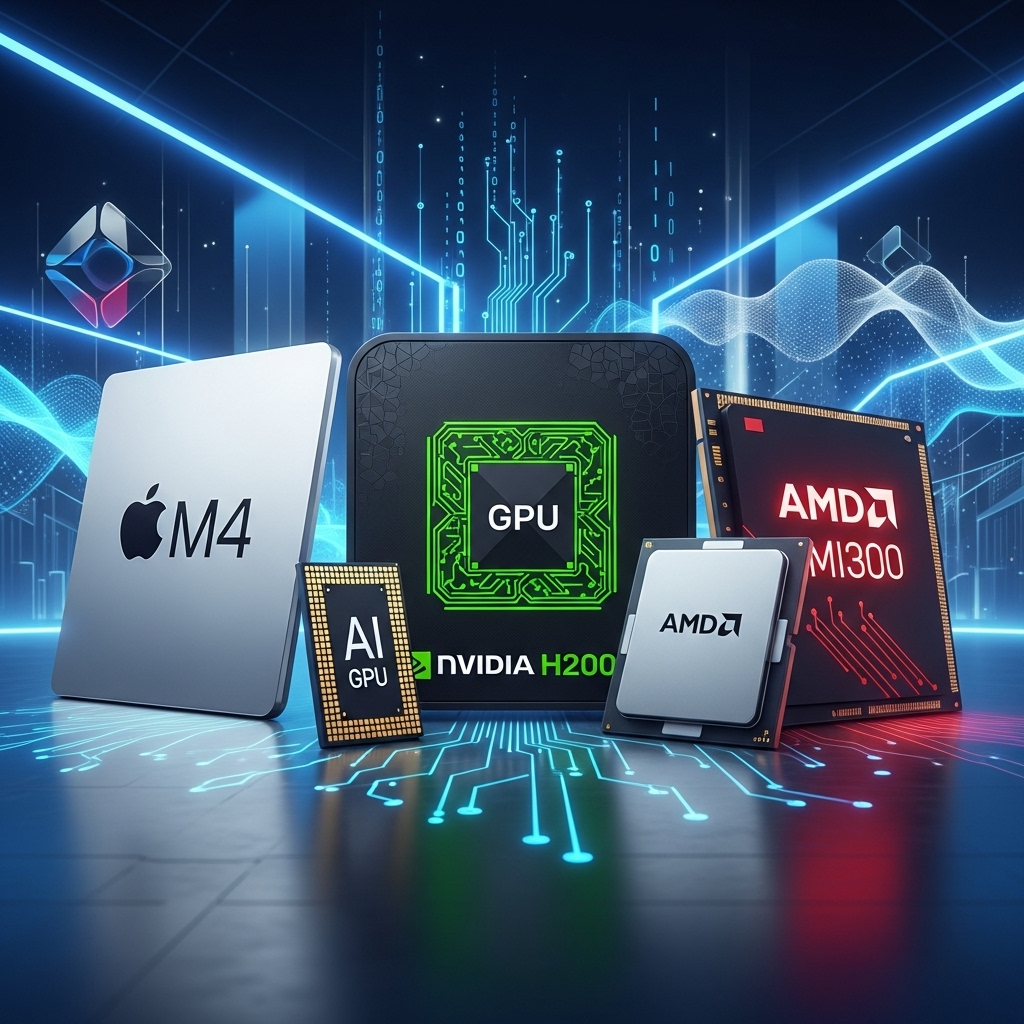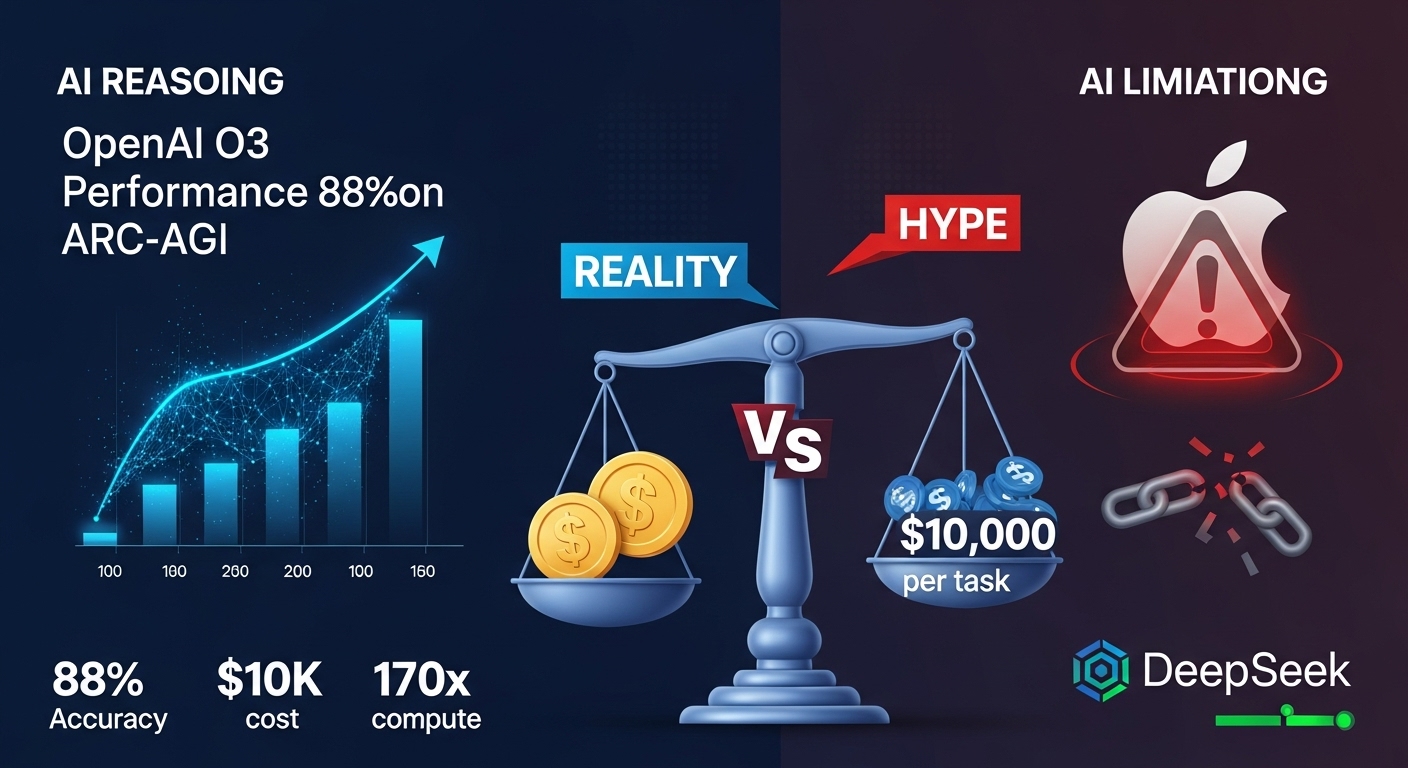AI Drones 2025: $120 Billion Autonomous Revolution with NVIDIA Jetson and Intelligent Software
Discover how AI drones are transforming industries with complete autonomy, swarm intelligence, and edge computing. Market growing 30% annually toward $120 billion.
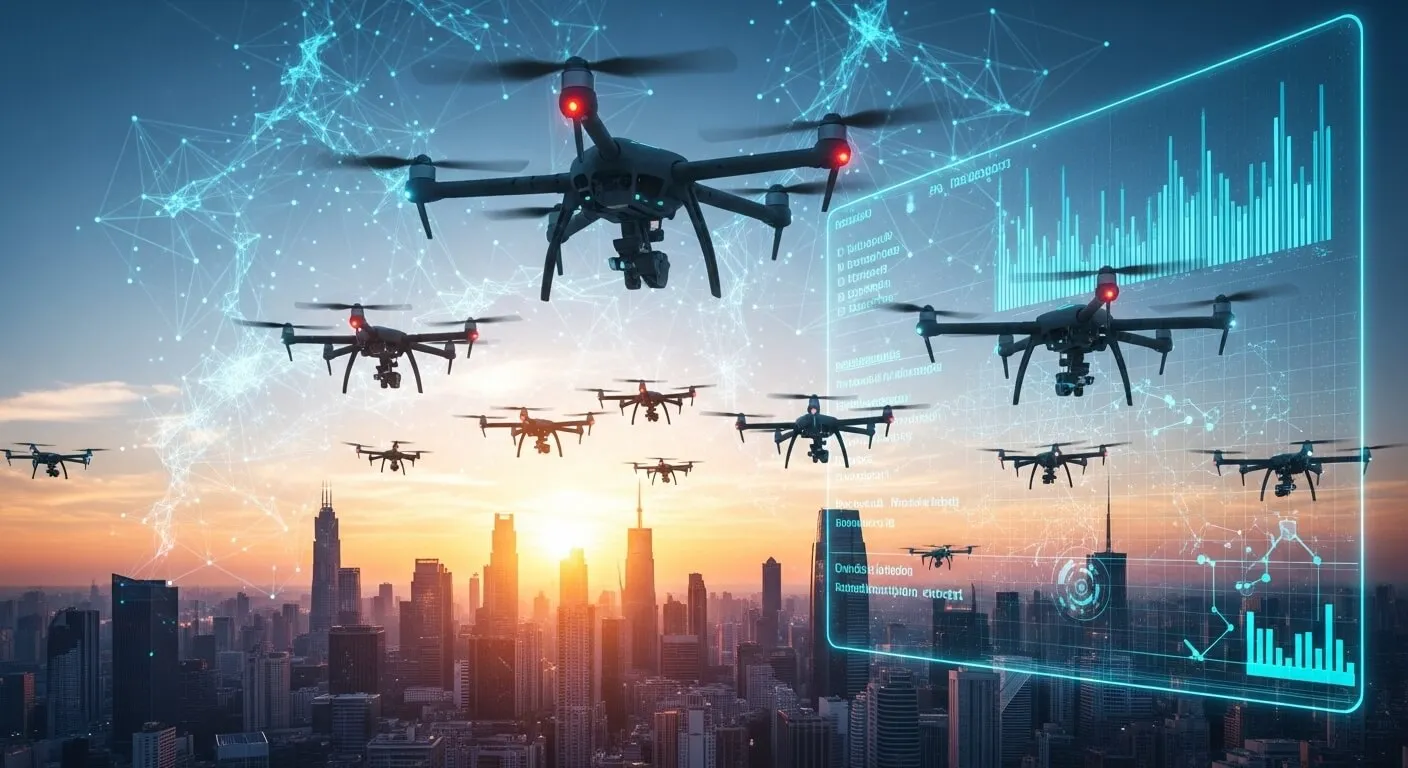
Table of Contents
The global AI drone market will explode to $120.4 billion by 2030, growing at a CAGR of 30.49% from $31.9 billion in 2025. This epochal transformation isn’t just about numbers: we’re witnessing the evolution of drones from simple remote-controlled vehicles to autonomous intelligent systems capable of making real-time decisions, coordinating complex operations, and revolutionizing entire industries.
In summary: AI drones in 2025 integrate NVIDIA Jetson processors with 275 TOPS of power, autonomous software based on ROS 2, and swarm intelligence capabilities, transforming sectors from agriculture to logistics with average ROI of 18 months and operational cost reductions up to 80%.
What You’ll Discover in This Article
- 🚁 Revolutionary hardware: How NVIDIA Jetson AGX Thor and edge AI processors enable complete autonomy
- 💻 Cutting-edge software: The AI platforms making drones truly intelligent
- 🌾 Transformative applications: From precision agriculture to autonomous deliveries
- 📈 Market opportunities: Where to invest and how to capitalize on explosive growth
- 🔮 The future: Neuromorphic computing, 6G, and quantum computing in drones
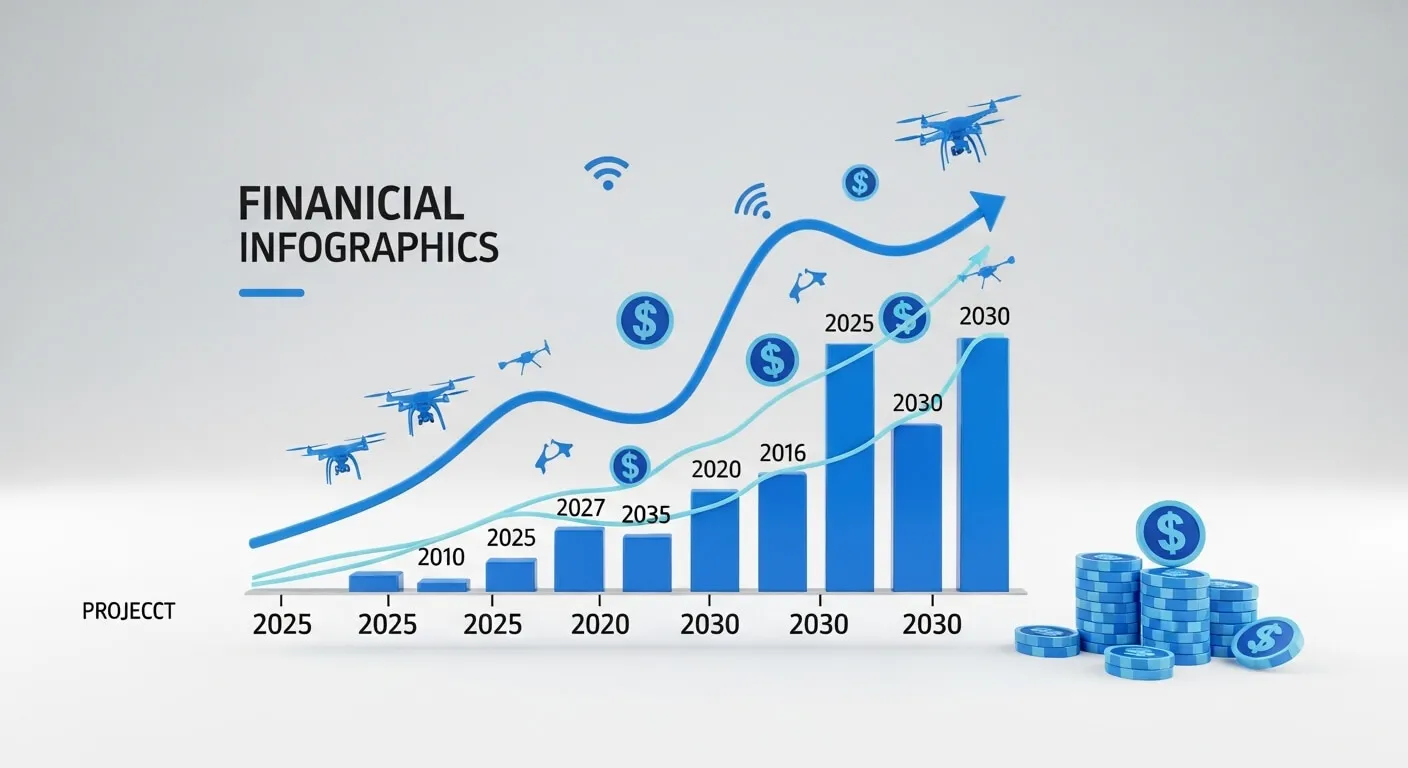 Source: 42ROWS analysis based on Stratview Research and Knowledge Sourcing Intelligence data
Source: 42ROWS analysis based on Stratview Research and Knowledge Sourcing Intelligence data
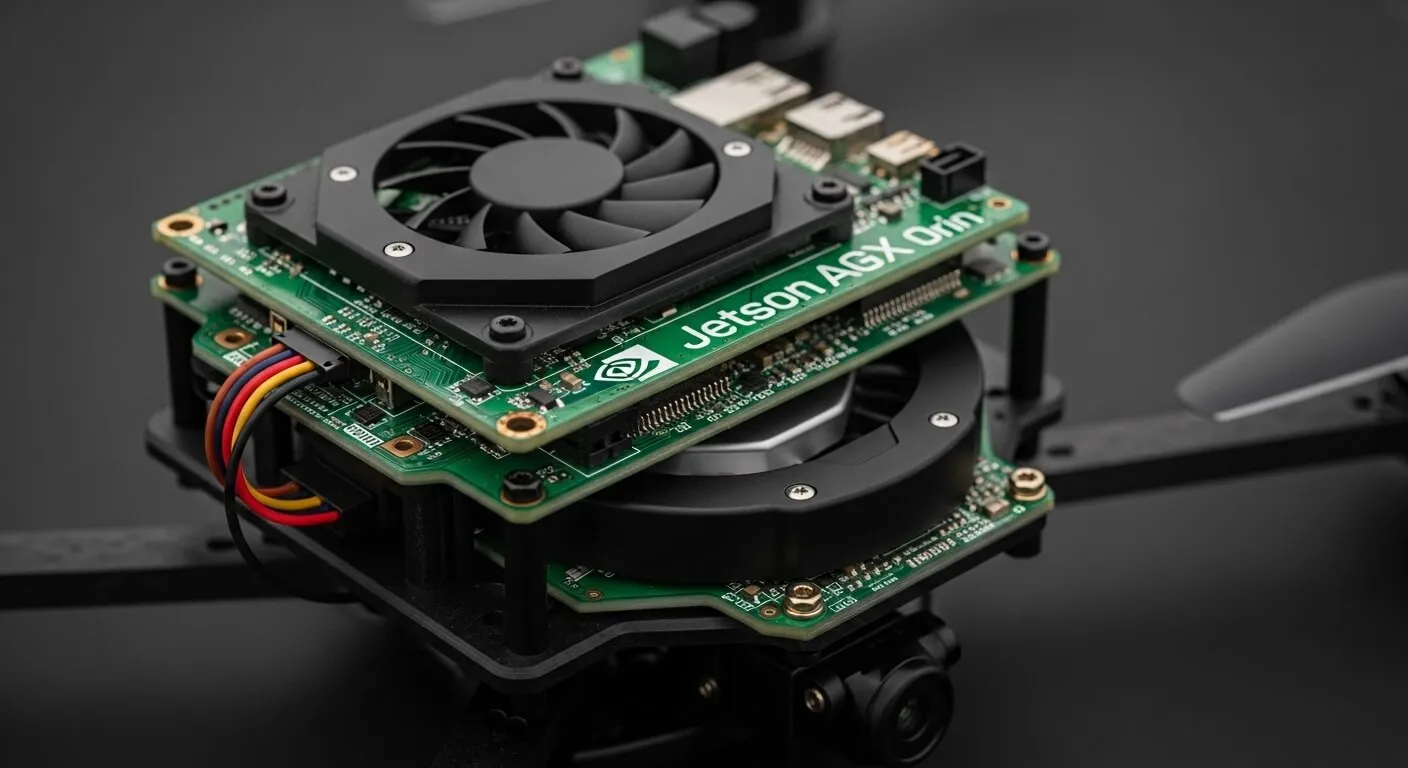 NVIDIA Jetson AGX Orin: the computational heart of modern AI drones
NVIDIA Jetson AGX Orin: the computational heart of modern AI drones
The Brain of Drones: NVIDIA Jetson and the Edge Computing Revolution
NVIDIA Jetson: From Nano to Thor, the Evolution of Intelligence
The beating heart of modern AI drones is represented by NVIDIA Jetson processors, which in 2025 offer a complete range of solutions for every need:
Jetson Nano - The Accessible Entry Point
- 472 GFLOPs of computational power
- Power consumption: only 5-10 watts
- Price: $99-149 for Developer Kit
- Ideal for: consumer drones, simple inspections, educational projects
Jetson AGX Orin - The Professional Workhorse
- 275 TOPS (trillion operations per second)
- 2048 CUDA cores for massive parallel processing
- 64GB LPDDR5 memory for complex AI models
- 8X the performance of previous generation
- Price: from $249 (Orin Nano Super) to $1999 (AGX Orin)
Jetson AGX Thor (2025) - The Future is Here
- 2.6X CPU improvement over Orin
- 10X I/O bandwidth for multiple sensor management
- Support up to 128GB RAM
- Advanced Wi-Fi and high-speed Ethernet integrated
Why Edge Computing is Crucial for AI Drones
Processing data directly on the drone, rather than in the cloud, offers critical advantages:
- Ultra-Low Latency: Decisions in milliseconds, not seconds
- Complete Autonomy: Operations in areas without connectivity
- Privacy and Security: Sensitive data remains on device
- Energy Efficiency: No consumption for data transmission
Software Platforms Making Drones Truly Intelligent
Shield AI Hivemind: The Operating System for Autonomous Swarms
With $1.3 billion in funding and contracts with the US Department of Defense, Shield AI has created Hivemind, the platform that enables:
- Complete autonomy without GPS: Navigation in GPS-denied environments
- Swarm coordination: Up to 100+ drones operate as a single entity
- Distributed learning: Each drone improves the entire system
- Extreme resilience: System continues even if individual drones fail
Skydio Autonomy: Computer Vision Surpassing Human Eyes
With $570 million in funding, Skydio has revolutionized autonomous navigation:
- Autonomous 3D navigation: 6 4K cameras for 360° vision
- Predictive obstacle avoidance: Anticipates object movements
- X10 drone: Thermal sensors, 48x zoom, 40+ minute autonomy
- Multi-target tracking: Follows multiple subjects simultaneously
DroneDeploy: The Cloud Brain for Drone Fleets
The leading cloud platform transforms raw data into actionable intelligence:
- Real-time processing: 3D maps generated during flight
- AI for analysis: Automatic anomaly and change detection
- Universal integration: Supports DJI, Skydio, Parrot, Autel
- Documented ROI: Customers report average 75% cost savings
ROS 2 and MAVSDK: The Software Architecture of the Future
The Critical Migration to ROS 2
ROS 1 reaches End-of-Life in May 2025, making migration to ROS 2 not an option but a necessity:
# Example: Drone control with ROS 2 and PX4
import rclpy
from rclpy.node import Node
from px4_msgs.msg import VehicleCommand
class DroneController(Node):
def __init__(self):
super().__init__('drone_ai_controller')
self.cmd_pub = self.create_publisher(
VehicleCommand,
'/fmu/in/vehicle_command',
10
)
def autonomous_mission(self):
# AI logic for autonomous mission
cmd = VehicleCommand()
cmd.command = VehicleCommand.VEHICLE_CMD_NAV_TAKEOFF
cmd.param7 = 10.0 # Target altitude
self.cmd_pub.publish(cmd)MAVSDK: The Successor to DroneKit
MAVSDK emerges as the modern framework for drone development:
- gRPC architecture: Efficient multi-language communication
- Modular plugins: Extend functionality without modifying core
- Multi-platform: C++17, Python, Java, Swift, Kotlin
- Production-ready: Used by Fortune 500 companies
Revolutionary Applications: Where AI Drones Are Changing the Game
Precision Agriculture: 40% Less Pesticides, 80% Less Damage
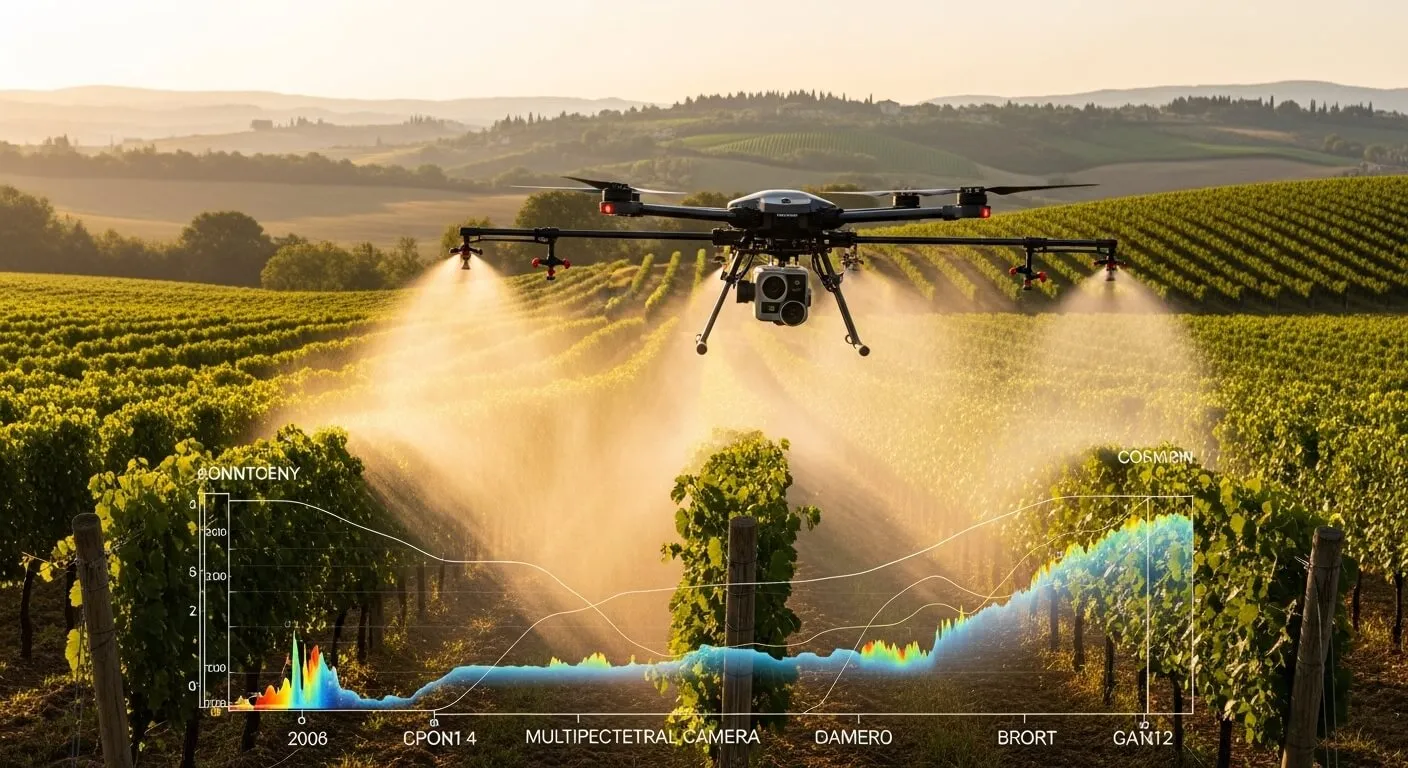 Precision spraying: technology that reduces waste and increases yields
Precision spraying: technology that reduces waste and increases yields
DJI Agras with its 400,000 drones operating globally demonstrates the potential:
- Multispectral analysis: Identifies diseases before visible
- Centimeter precision spraying: Only where needed, when needed
- Average ROI 18 months: Investment that pays for itself quickly
- 300+ crop support: From rice to corn, vineyards to olives
Case Study: California Vineyard
“With AI drones we reduced pesticide use by 45% while increasing yield by 15%. The investment paid for itself in one season.” - John Anderson, Agricultural Director
Autonomous Delivery: The Future is Already Here
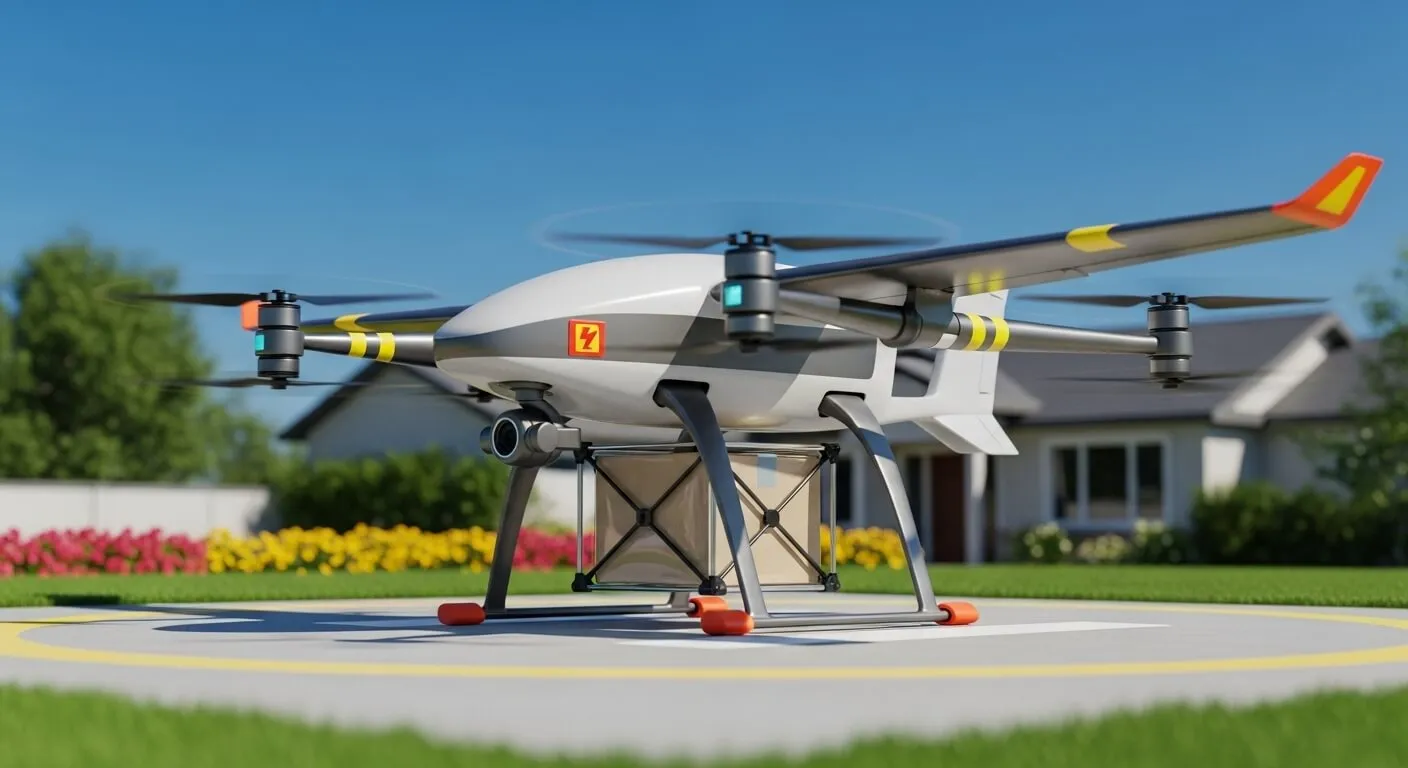 “Dinner plate” precision: centimeter-accurate deliveries
“Dinner plate” precision: centimeter-accurate deliveries
Zipline leads the revolution with impressive numbers:
- 1.4 million deliveries completed
- 100+ million autonomous miles flown
- “Dinner plate” precision: Landing within 30cm of target
- Strategic partnerships: Walmart, national healthcare systems
Zipline’s new P2 Drone can:
- Carry 8 pounds (3.6 kg) payload
- Cover 10-mile (16 km) radius
- Complete deliveries in 10-40 minutes
- Operate in adverse weather conditions
Industrial Inspections: 60% Faster, 100% Safer
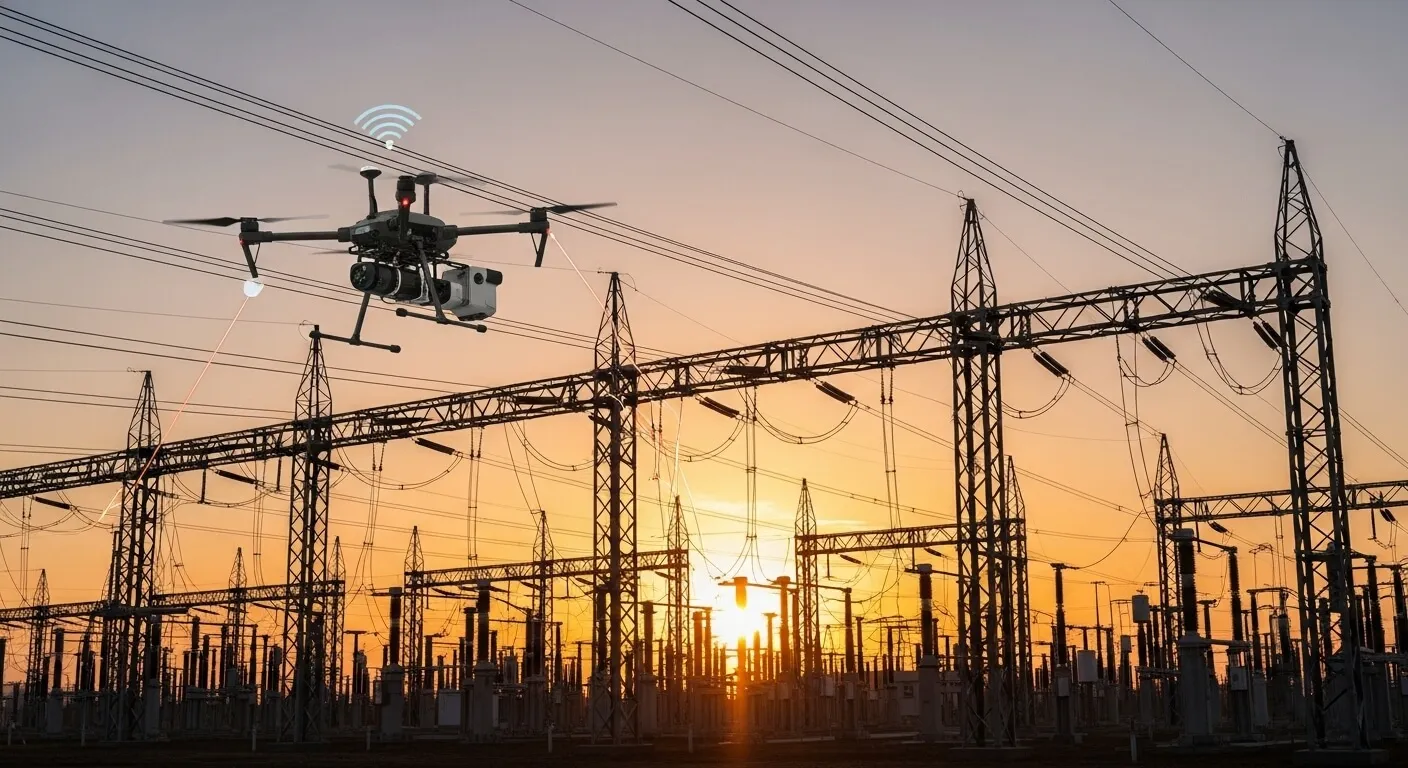 Aerial thermography: anomaly detection without operator risks
Aerial thermography: anomaly detection without operator risks
Critical infrastructure benefits enormously:
Power Lines
- 60% reduction in inspection times
- AI thermal hotspot detection
- Zero risk for human operators
- ML-based predictive maintenance
Pipelines
- Leak detection with methane sensors
- 3D mapping for structural analysis
- 24/7 autonomous monitoring
- Real-time alerts for anomalies
Software Evolution: From Python to Rust, the Future is Secure
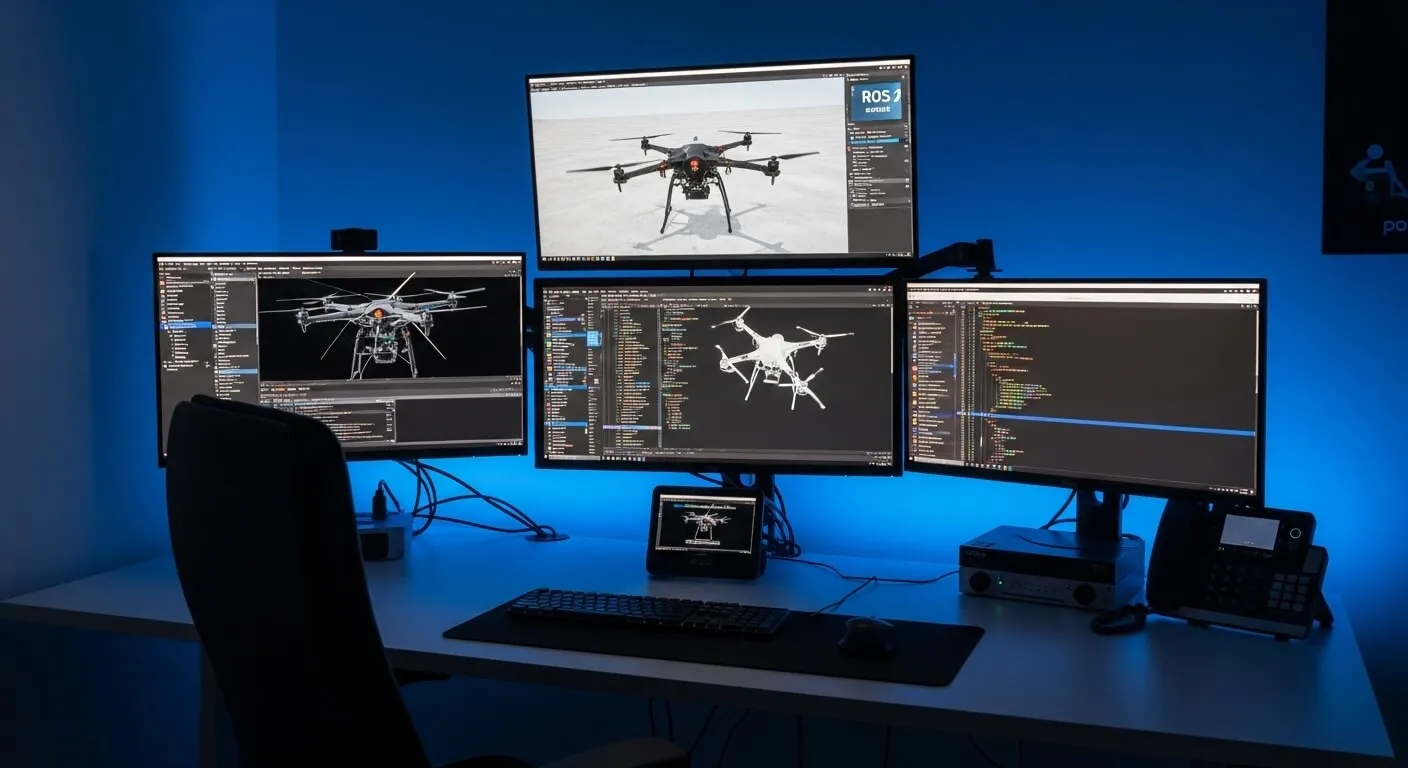 Modern workstation for ROS 2 development and drone simulation
Modern workstation for ROS 2 development and drone simulation
Python Dominates AI/ML but Faces Challenges
Python maintains 65% of AI/ML development for drones, but critical issues emerge:
- DroneKit-Python seeks maintainers: Signal of ecosystem transition
- Performance limitations: Unpredictable garbage collection
- Limited concurrency: GIL (Global Interpreter Lock) hinders multi-threading
Rust: The Future Language for Safety-Critical Drones
AeroRust is building a complete ecosystem:
// Example: Safety-critical drone control in Rust
use mavlink::ardupilotmega::MavMessage;
use tokio::time::{sleep, Duration};
async fn autonomous_flight() -> Result<(), Box<dyn Error>> {
let mut vehicle = Vehicle::connect("udp:127.0.0.1:14550").await?;
// Rust's ownership system guarantees memory safety
vehicle.arm().await?;
vehicle.takeoff(10.0).await?;
// No risk of null pointers or buffer overflows
let mission = Mission::new()
.add_waypoint(47.398, 8.5456, 25.0)
.add_waypoint(47.399, 8.5458, 25.0)
.build()?;
vehicle.execute_mission(mission).await?;
Ok(())
}Edge AI: Extreme Optimization for Real-Time Performance
TensorFlow Lite (now LiteRT) in 2025:
- Supports PyTorch, JAX models beyond TensorFlow
- INT8, FP16, and experimental FP4 quantization
- 60-80% model size reduction
- 3-5x speedup on edge hardware
TensorRT for NVIDIA Jetson:
- YOLOv9 achieves 95.7% mAP
- Real-time inference 30+ FPS
- INT8 quantization: 4x speedup
- Transformer model support
Computer Vision and SLAM: The Eyes and Spatial Brain
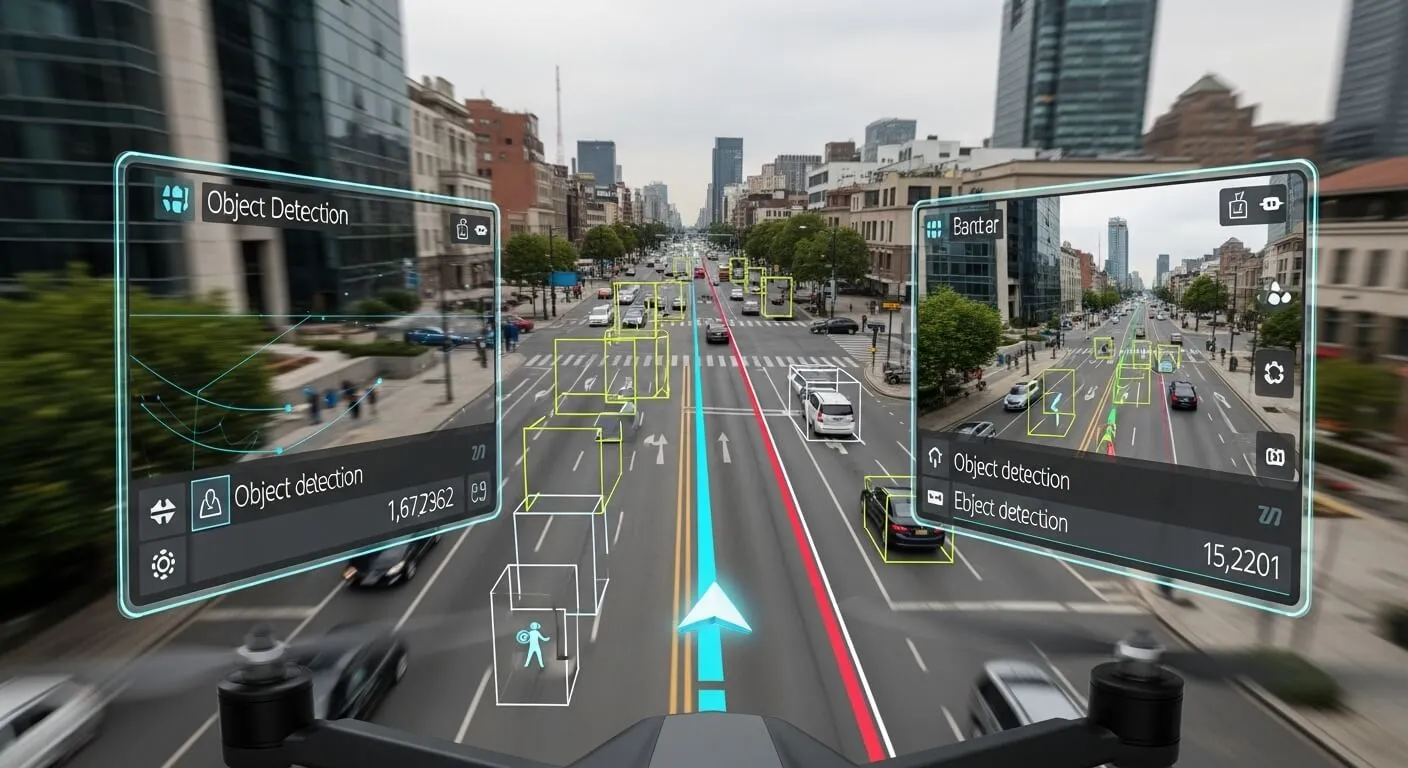 FPV view with AI overlay: real-time object recognition and autonomous navigation
FPV view with AI overlay: real-time object recognition and autonomous navigation
ORB-SLAM3: Millimeter Precision in Complex Environments
The state-of-the-art SLAM system offers:
- 3.6cm accuracy on standard datasets
- 30+ FPS on consumer hardware
- Multi-modal: Mono, stereo, RGB-D, fisheye
- IMU integration: 2-5x improved precision
YOLOv9: Object Detection Surpassing Humans
For drone-specific applications:
- 95.7% mAP for drone detection
- 4.6% improvement over YOLOv8
- Real-time on Jetson Nano
- SOD-YOLO: Specialized for small objects
Security and Resilience: Protecting the Skies of Tomorrow
Anti-Jamming and GPS Spoofing Protection
2025 technologies include:
- Galileo OSNMA: Cryptographic signal authentication
- Multi-GNSS fusion: GPS + GLONASS + Galileo + BeiDou
- ML-based detection: Identifies spoofing patterns
- CRPA antennas: Null steering toward jammers
Cybersecurity: Zero-Trust Architecture
# Example: Secure boot verification
def verify_firmware_integrity():
"""Cryptographic firmware verification before boot"""
firmware_hash = calculate_sha256(FIRMWARE_PATH)
signature = load_signature(SIGNATURE_PATH)
if not verify_ecdsa_signature(firmware_hash, signature, PUBLIC_KEY):
raise SecurityException("Firmware compromised!")
# Hardware-based chain of trust
if not check_secure_element():
raise SecurityException("Hardware not authenticated!")The Future is Already Here: 2025 Emerging Technologies
Generative AI for Natural Control
ChatFly demonstrates the potential:
- Natural language commands: “Fly around the building and look for cracks”
- 62% reduction in response times
- Code-free programming for operators
- Context-aware mission planning
Neuromorphic Computing: 10X Energy Efficiency
Intel Loihi 2 revolutionizes edge AI:
- 1 million neurons per chip
- 10x performance improvement
- Orders of magnitude lower power consumption
- Event-based processing for real-time
Quantum Computing for Swarm Optimization
The QUADRO framework shows promising results:
- 16.3% faster solution finding
- 27.1% reduction in drone loss
- Multi-objective routing optimization
- Scalability to 1000+ drone fleets
6G and Ultra-Low Latency Communications
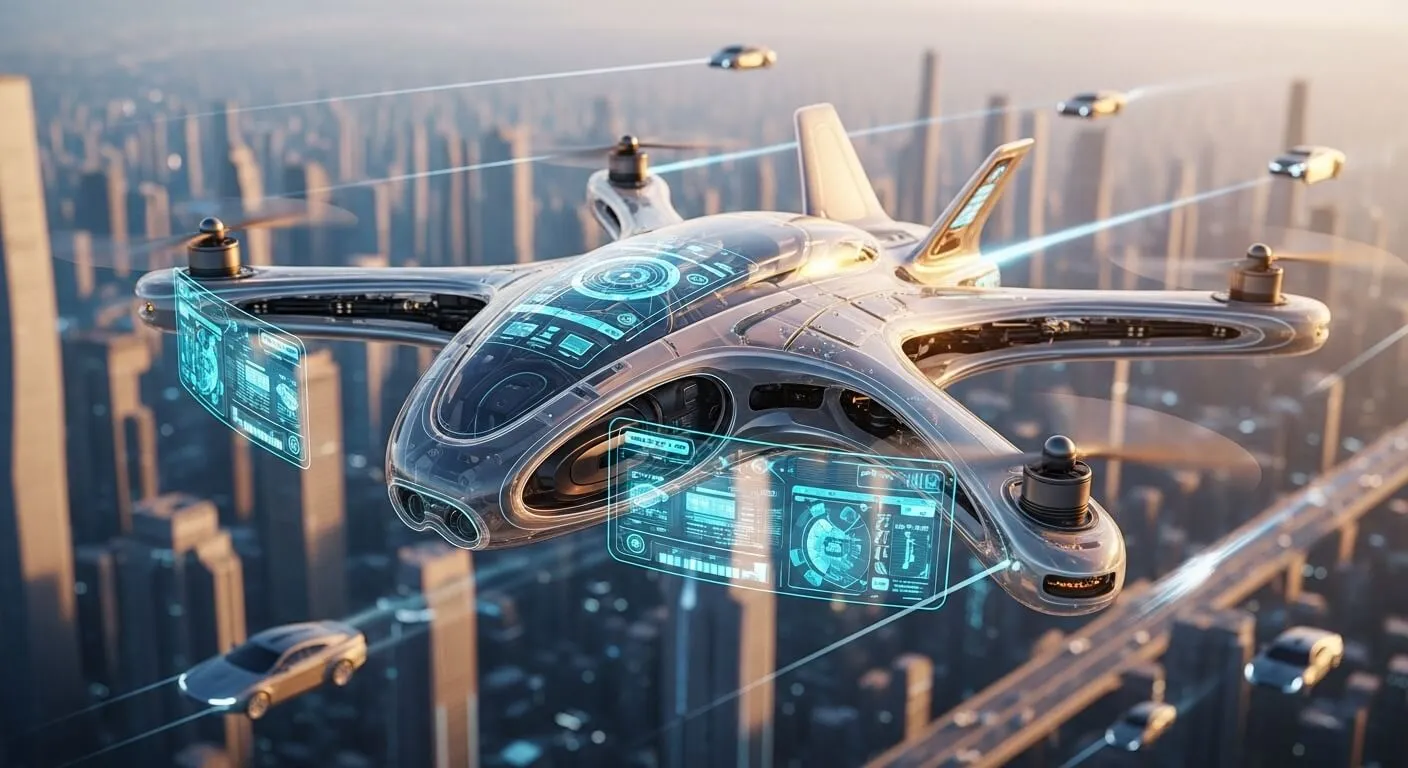 Vision 2030: organic designs and total integration in urban airspace
Vision 2030: organic designs and total integration in urban airspace
2030 target specifications:
- Latency < 0.1ms for critical control
- 1 Tbps throughput for multiple 8K streaming
- Network slicing for guaranteed QoS
- Direct drone-to-drone communication
Practical Implementation: From Zero to Autonomous Drone
Modern Development Environment Setup
# 1. ROS 2 Jazzy installation (latest 2025)
sudo apt update && sudo apt install ros-jazzy-desktop
# 2. PX4 Autopilot
git clone https://github.com/PX4/PX4-Autopilot.git
cd PX4-Autopilot
make px4_sitl gazebo
# 3. MAVSDK Python
pip install mavsdk
# 4. Computer Vision stack
pip install opencv-python ultralytics torch torchvisionComplete Example: Autonomous Mission with AI
import asyncio
from mavsdk import System
from mavsdk.mission import MissionItem, MissionPlan
import cv2
import torch
class AIDroneController:
def __init__(self):
self.drone = System()
self.yolo_model = torch.hub.load('ultralytics/yolov5', 'yolov5s')
async def connect(self):
await self.drone.connect(system_address="udp://:14540")
print("Connected to drone!")
async def execute_ai_mission(self):
# Arm and takeoff
await self.drone.action.arm()
await self.drone.action.takeoff()
# Mission with AI-generated waypoints
mission_items = []
async for position in self.drone.telemetry.position():
# AI decides next waypoint based on telemetry
next_wp = self.ai_planner(position)
mission_items.append(
MissionItem(
next_wp.lat, next_wp.lon, 25,
10, True, float('nan'), float('nan'),
MissionItem.CameraAction.NONE,
float('nan'), float('nan')
)
)
if len(mission_items) >= 5:
break
mission_plan = MissionPlan(mission_items)
await self.drone.mission.upload_mission(mission_plan)
await self.drone.mission.start_mission()
def ai_planner(self, current_position):
# Complex AI logic for planning
# Integrates computer vision, SLAM, obstacle avoidance
return NextWaypoint(lat, lon)ROI and Business Case: Why Invest Now
Return on Investment Metrics
Agriculture
- Initial investment: $15,000-30,000
- Annual savings: $20,000-50,000
- ROI: 12-18 months
- Cost reduction: 40-60%
Industrial Inspections
- Initial investment: $25,000-50,000
- Annual savings: $100,000+
- ROI: 6-12 months
- Productivity increase: 300%
Logistics/Delivery
- Initial investment: $50,000-100,000
- Cost per delivery: $0.50-2.00
- Break-even: 10,000 deliveries
- Scalability: Unlimited
Critical Success Factors
- Appropriate hardware selection: Jetson for AI, DJI for reliability
- Modern software stack: ROS 2 + MAVSDK + AI frameworks
- Personnel training: Invest in AI/robotics skills
- Strategic partnerships: Collaborate with industry experts
- Iterative approach: Start small, scale rapidly
The Future of AI Drones: Beyond 2025
2026-2027: Mainstream Adoption
- Autonomous drones in every farm
- Regulated urban delivery
- Commercial swarms operational
2028-2030: Total Integration
- Urban Air Mobility operational
- Complete airspace integration
- Standard generative AI
- Widespread quantum optimization
Beyond 2030: Robotic Singularity?
- Fully autonomous drones
- AI-driven ethical decisions
- Human society integration
- New work paradigms
Conclusion: The Opportunity of the Century
The AI drone market in 2025 represents a unique convergence of mature technologies, explosive market demand, and proven ROI. With hardware like NVIDIA Jetson providing previously impossible computational power, software like ROS 2 and MAVSDK democratizing development, and applications ranging from agriculture to defense, we’re at the dawn of a revolution that will transform how we work, produce, and live.
Companies investing now in AI drone capabilities aren’t just buying technology - they’re positioning themselves to dominate future markets. With documented ROI of 6-18 months and operational cost reductions up to 80%, the question isn’t “if” to invest, but “how quickly” you can implement.
Next Steps for Your Business
- Assess your needs: Which processes could benefit from drone automation?
- Start with a pilot: Small-scale test with measurable ROI
- Invest in skills: Team training on AI and robotics
- Scale rapidly: Once value proven, expand aggressively
- Stay updated: The sector evolves rapidly
🚁 Ready to revolutionize your processes with AI drones? Start your free trial with 42ROWS and discover how to integrate intelligent automation with your data management systems. Transform data collected by drones into actionable insights in real-time.
Tags
About the Author
42ROWS Team
The 42ROWS team combines 15+ years of experience in AI and data automation to provide strategic insights on emerging technologies that transform business.
